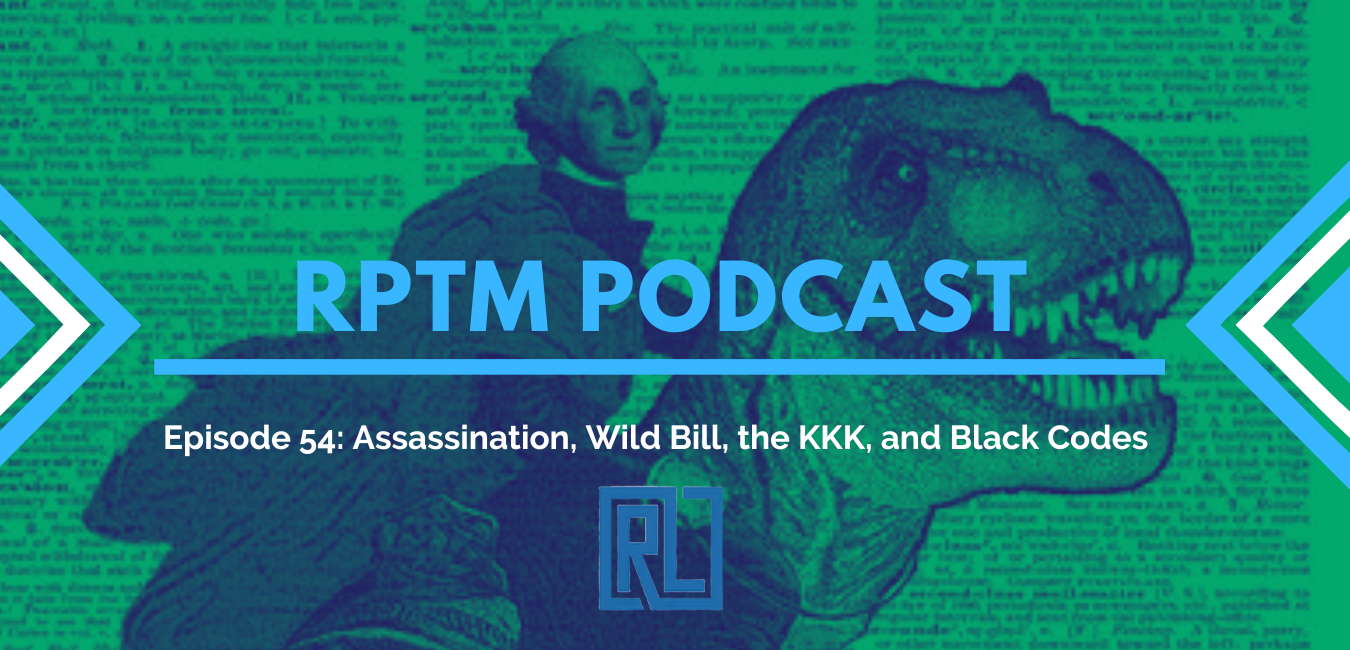|
People tend to hold on to their views even when they appear to have been proven factually wrong. Belief perseverance is the propensity to adhere to one's initial opinion even after obtaining new details that conflict with or disconfirm the root of that view. Everyone has attempted to alter someone's sentiment, only to have them stubbornly stay intact—for example, the Lost Cause of the Civil War or even the moon landing.
In many circumstances, opposition to thoughts is rational and justifiable. I find myself to be a victim as well. As you know, I love dinosaurs. Even as a kid, my room was stuffed with toys and books about these thunder lizards. I loved them all, but I was especially fond of the Brontosaurus, a large sauropod, a group of typically giant dinosaurs with long necks and tails. It lived from about 156 to 145 million years ago during the Late Jurassic Period. The first recorded evidence of Brontosaurus was discovered in the 1870s. But scientists had started to question whether the fossils used to name Brontosaurus came from another dinosaur, the remarkably similar Apatosaurus. in a 1903 publication, there were not enough similarities between the two dinosaurs to exist. As Apatosaurus had been named first, its name was kept, and Brontosaurus became Apatosaurus. For over 100 years, the name Brontosaurus went unused by paleontologists, although the dinosaur certainly lived on in the minds of the public. As a small child in the 1980s, I relished the opportunity to correct adults on the correct term of Apatosaurus. I was a smug little jerk. But according to the London Natural History Museum website, the research published in 2015 used 81 specimens from worldwide collections and looked at 477 anatomical traits. The scientists eventually demonstrated that Brontosaurus was distinguishable from Apatosaurus, one of the major distinctions being that Apatosaurus was more massive and robust with a thicker and lower-set neck than Brontosaurus. This was only feasible because paleontologists had found several new dinosaurs recently. Many paleontologists were ready and willing to welcome Brontosaurus back. I was not. I went through the seven stages of grief, trying to conclude that the 5-year-old Ryan was wrong all this time, whether he knew it or not. Despite the historical and scientific data in front of me, I would have preferred to have been right versus being correct. Eventually, I came to terms with the discovery, and I welcome as many new dinosaurs as we can find! As I have mentioned, history needs room to breathe and shift as more and more information is discovered or reevaluated. We must cast off the tattered cloak of dogma that shrouds our inquiry and bask in the light of self-introspection. Just don't get me started on Pluto. It's a planet, this hill I will die on! HIGHLIGHTS
CHAPTERS 0:00 Start 0:37 Intro 3:59 Lincoln Assassination 9:36 Wild Bill Hickok 15:46 Ku Klux Klan 20:53 Civil Rights Act of 1866 26:22 Black Codes 31:24 Outro RESOURCES Brontosaurus: reinstating a prehistoric icon Abraham Lincoln’s Assassination The Original Wild West Showdown Ku Klux Klan Civil Rights Act of 1866 Black Codes (United States) The Original Wild West Showdown
0 Comments
Leave a Reply. |
AuthorRyan Lancaster wears many hats. Dive into his website to learn about history, sports, and more! Archives
July 2024
Categories |


 RSS Feed
RSS Feed